- Joined
- Jan 6, 2013
- Messages
- 5,577
- Reaction score
- 11,225
1. The History
Ladywash mine is situated above the plague village of Eyam, where there has been extensive mining in the area for well over two centuries. Ladywash was a ‘mixed ore’ mine which tapped into the Hucklow Edge veins. In 1714 a drainage sough was started to Old Ladywash. The mine then started in 1740 as the vein was worked from the west. It was then subsequently drained via Stoke sough from 1770 onwards, after it reached the mine earlier in 1755. The well-preserved chimney dates back to a later period in the mine’s history - circa 1870 when it was being worked by Eyam Mining Co for lead.
Old mining map:
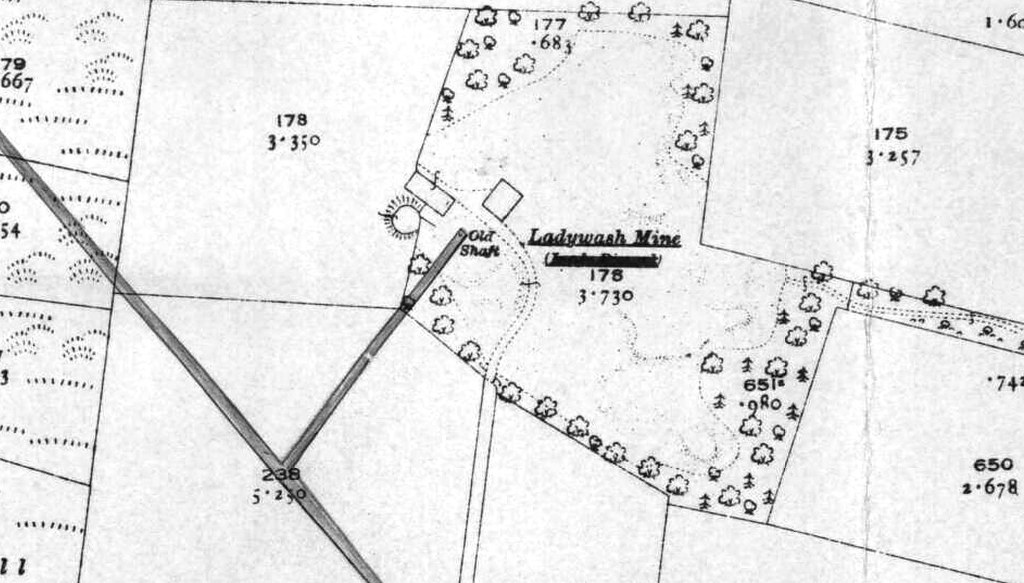
The mine was acquired Glebe Mines Ltd in 1936 to produce fluorspar for the steel industry, which was used as flux. In 1949, the mine reached 104 fathoms in depth, making it one of the the deepest in Britain at the time. It was then taken over by Laporte Industries Ltd in 1959. In February 1979, at a meeting at the company’s Cavendish Mill offices, management informed the workforce that Ladywash was to close. The reason was not down to lack of exploitable fluorspar, but due to economic factors; the fall in world prices had reduced revenue while costs had risen in light of recent fatalities which led to the need for increased investment in health and safety. Forty-one miners from Ladywash took voluntary redundancy, while the remaining 24 miners were redeployed to the company’s sister mine at Sallet Hole. Placed on care and maintenance in March 1979, the headgear was removed and the shaft capped and fenced off latterly in March 1986.
Today the main buildings are still intact and the shaft, although sealed with a metal grid and fenced off, is still in-situ.
2. The Explore
Sometimes the smaller spontaneous explores just as much fun as the bigger explores. Been here a couple of times previously and it was all sealed up, so good to eventually see inside. It’s an easy walk up to the mine buildings from the road. Outside of the main engine house there’s a plie of boulders, the sealed shaft and the explosives store. Inside there are three small rooms and one big main room. It’s pretty stripped but enough bits and bobs to make it interesting. Of course, the real goodies lie below, but that’s a completely different level of exploring!
3. The Pictures
The road to Ladywash:
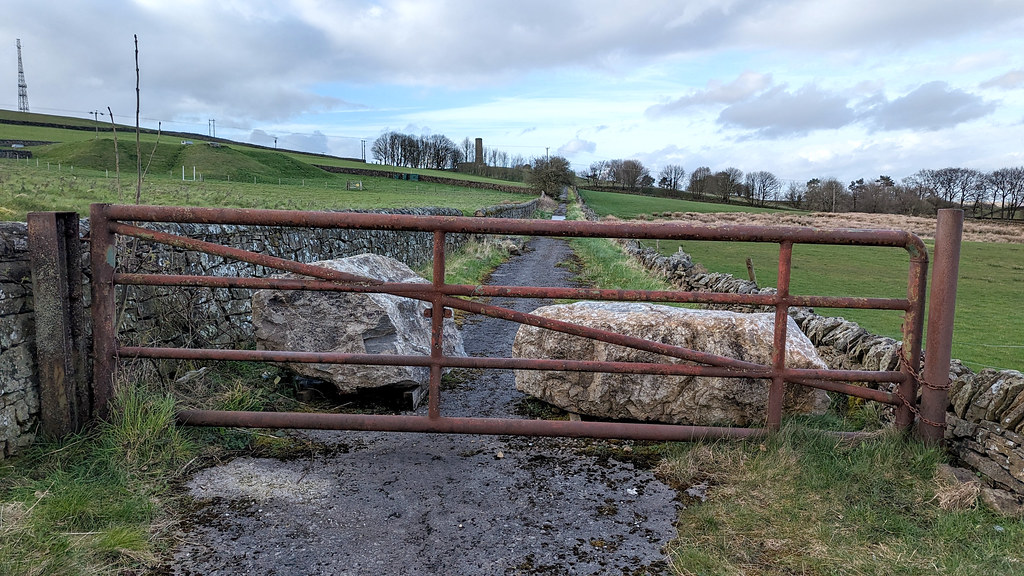
The main building and 19th century chimney:
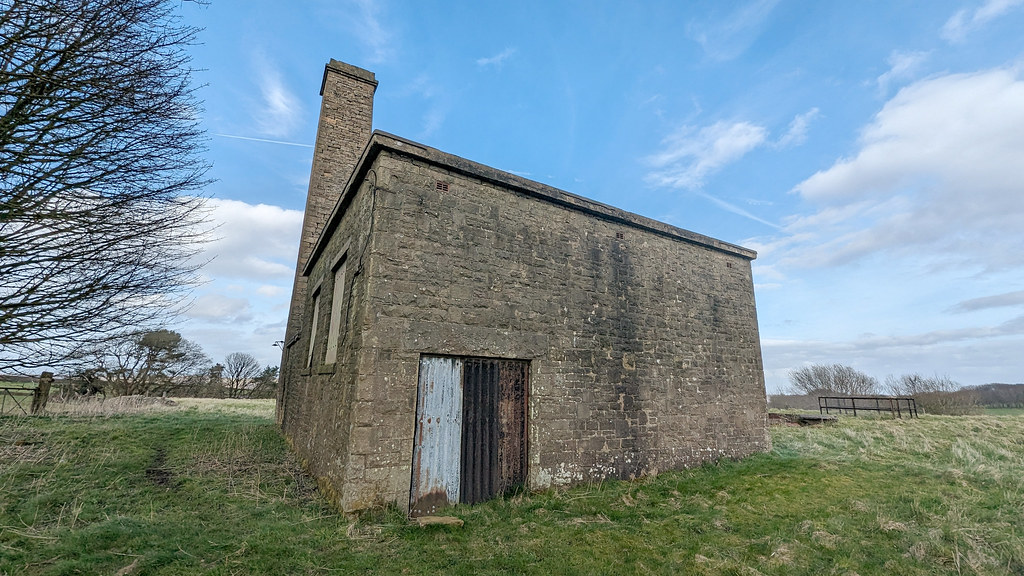
Explosives store:

Door to the explosives store:
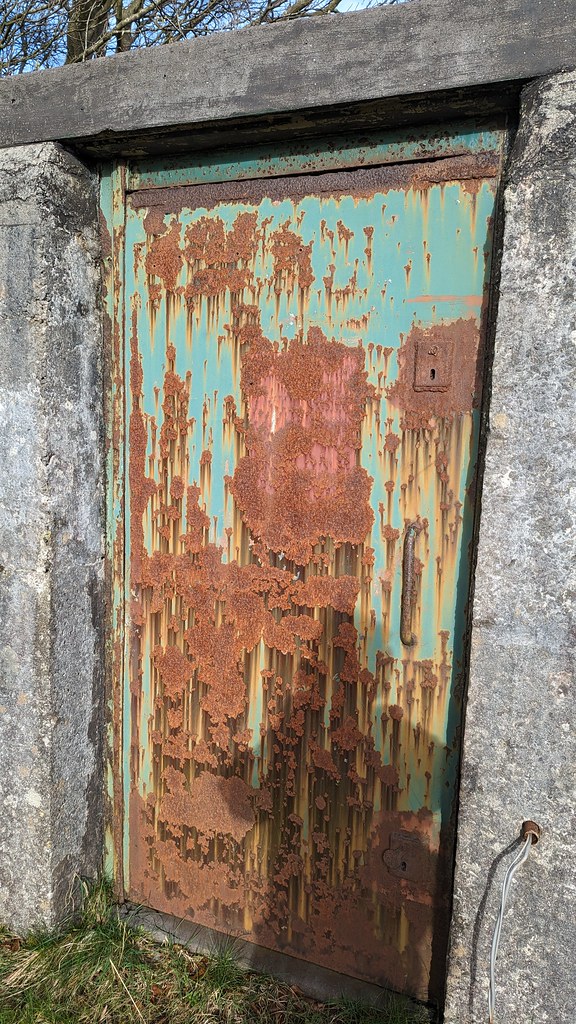
Pile of waste rock from the mine:
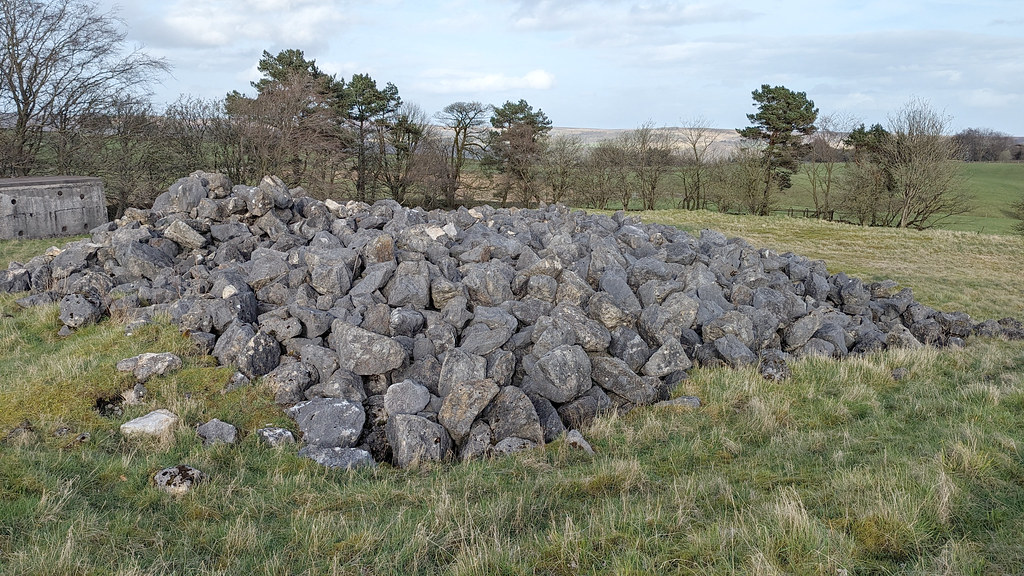
This is the stuff they were after:
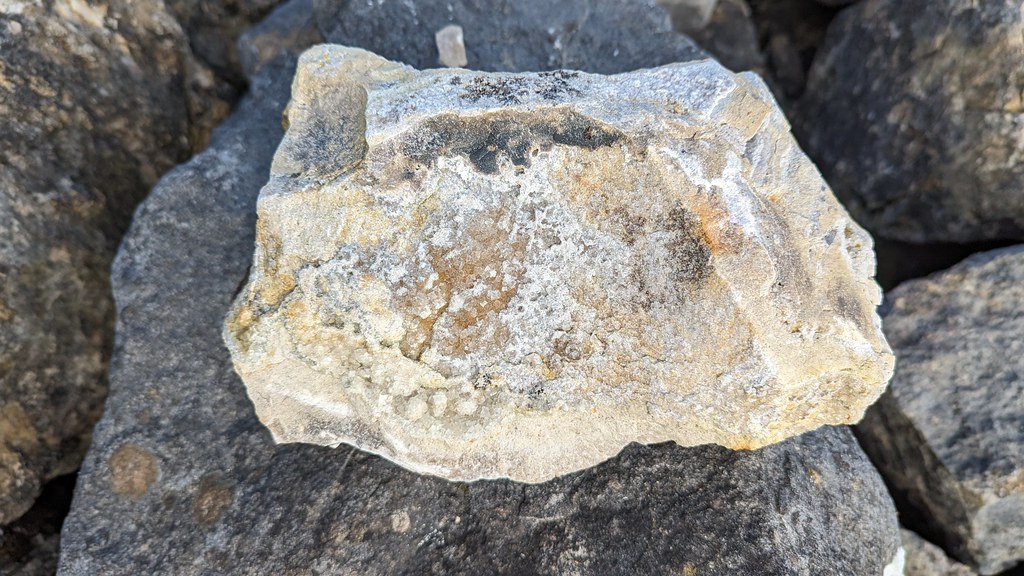
And in we go:
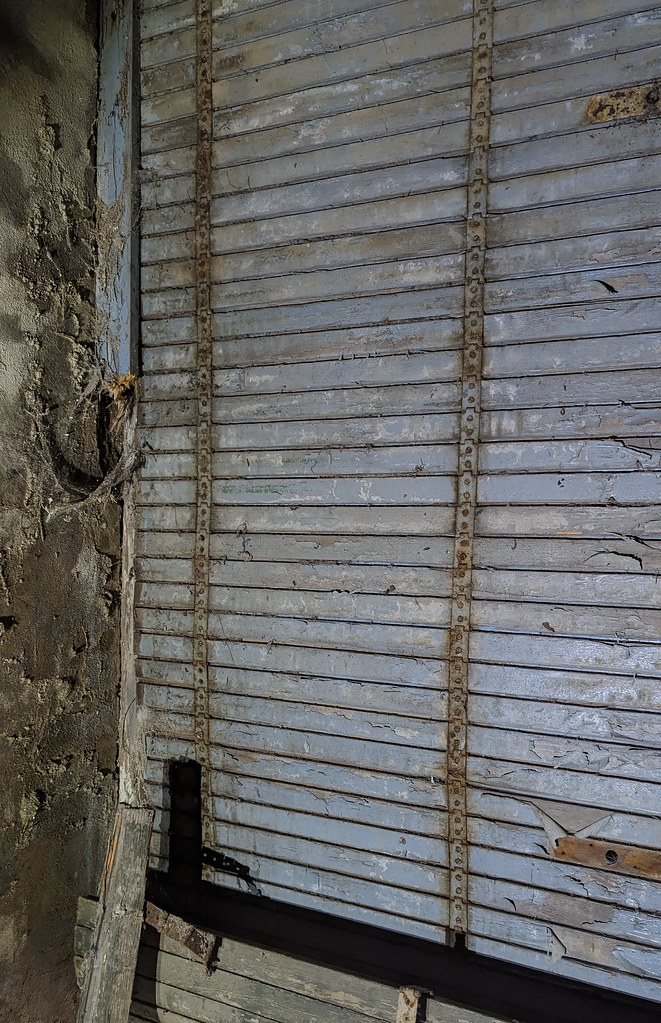
Some of the former electrics:
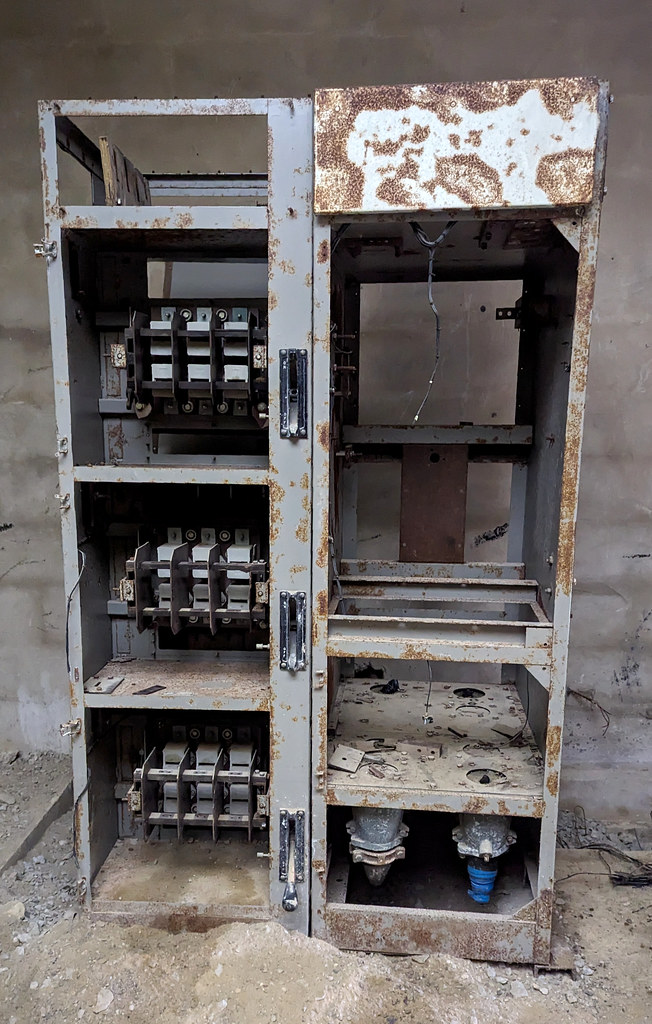
Not too sure what this is:
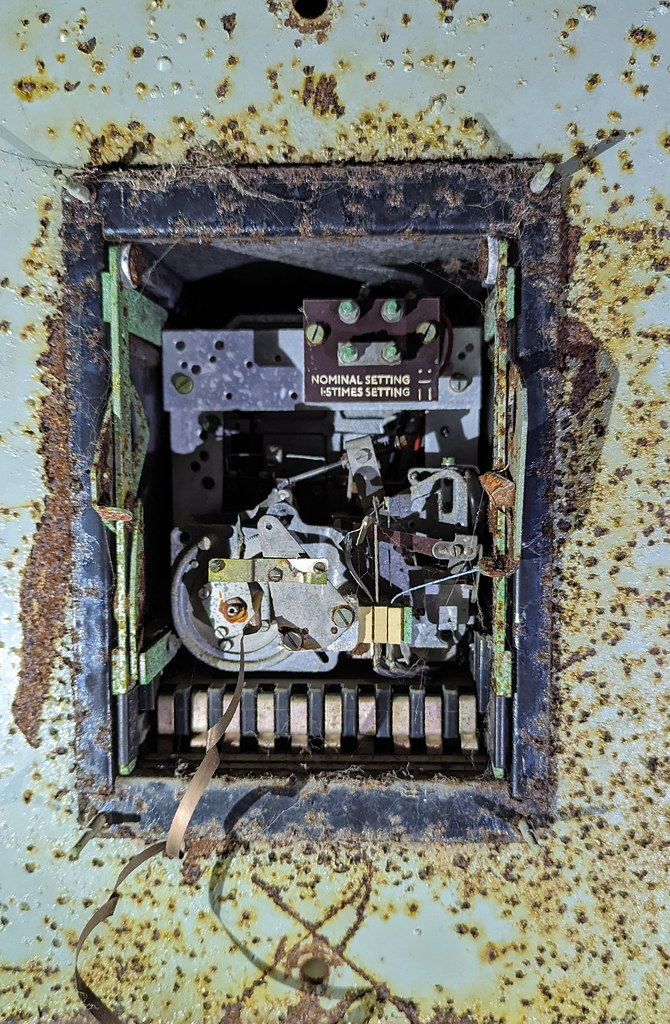
It’s a crawl through to the next small room:


Some sort of switching gear?
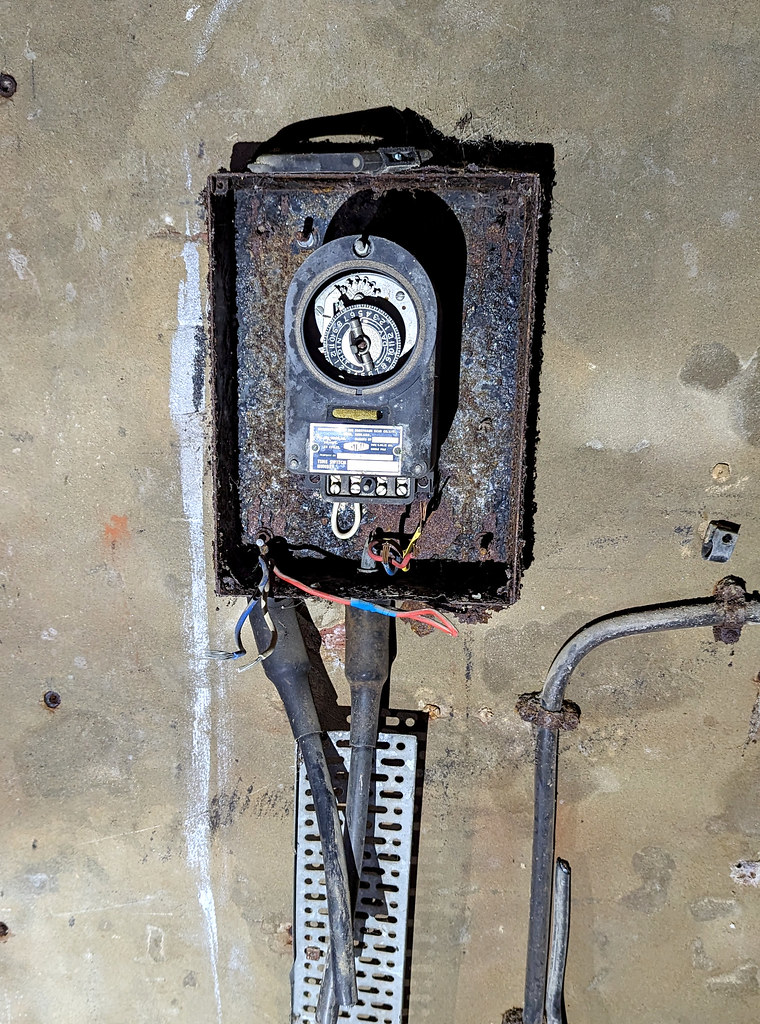
The third small room is where the wagons came into the building:

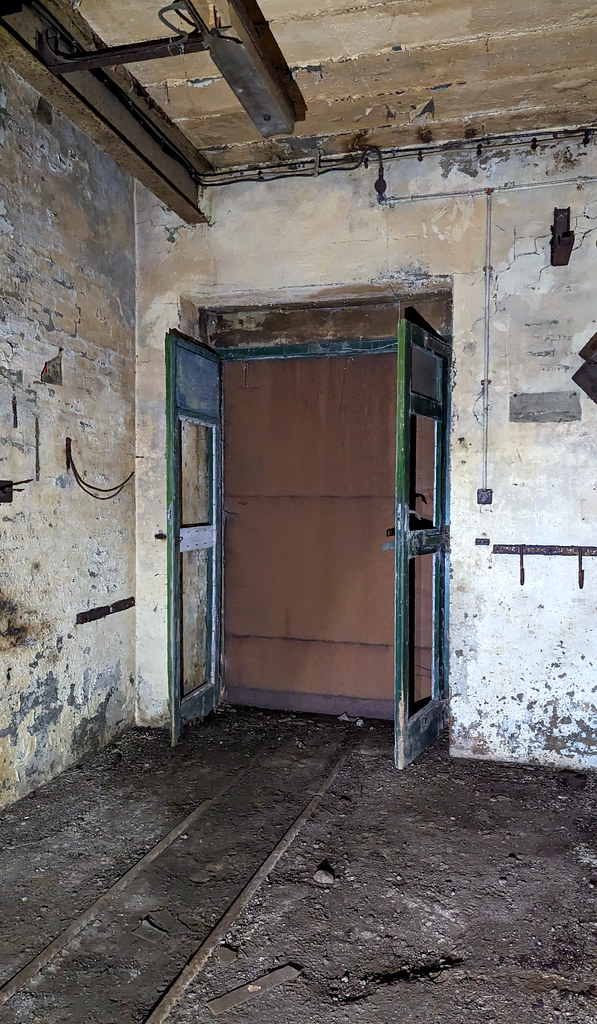
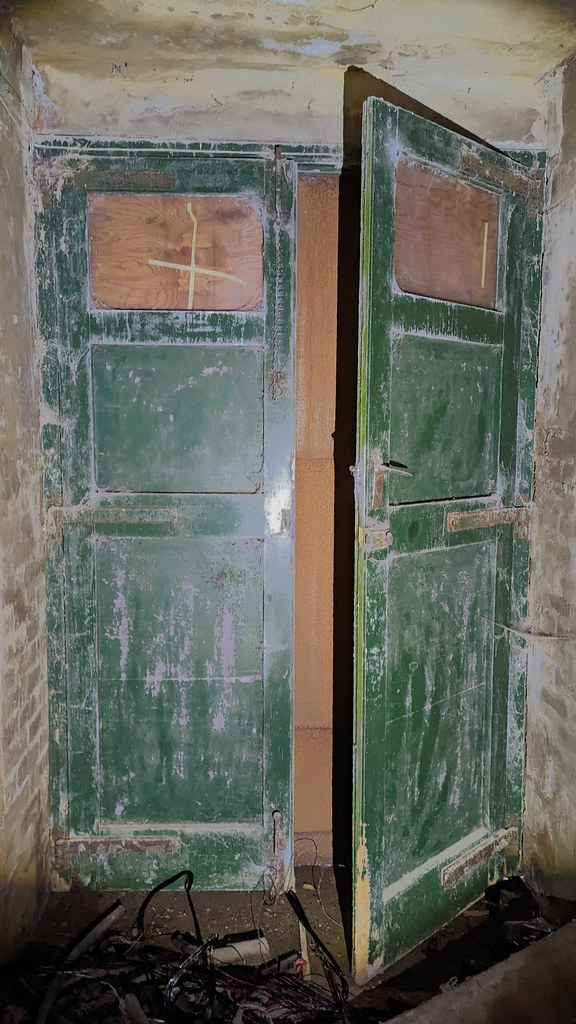
Love this original signage:

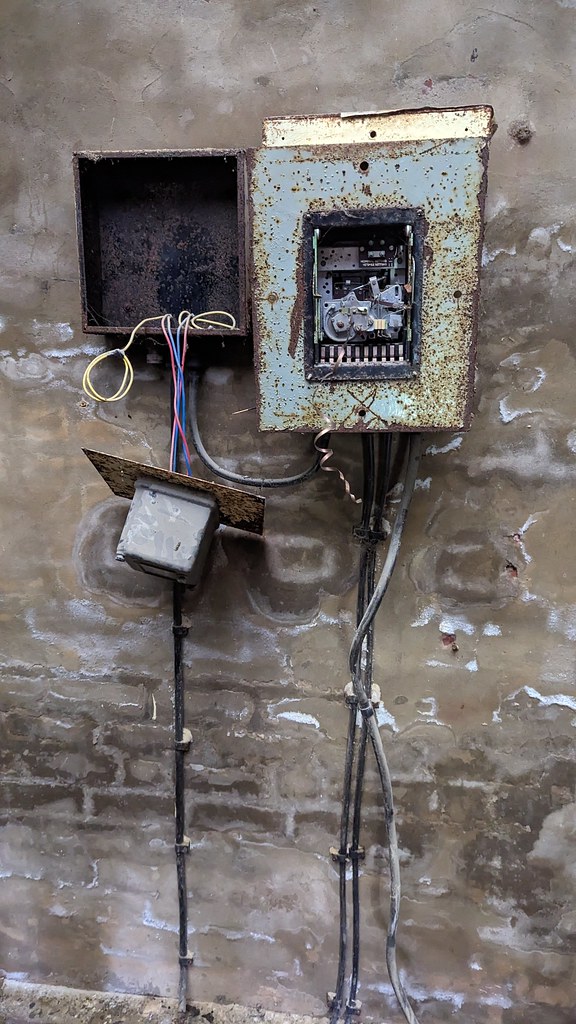
And then the final and biggest room:
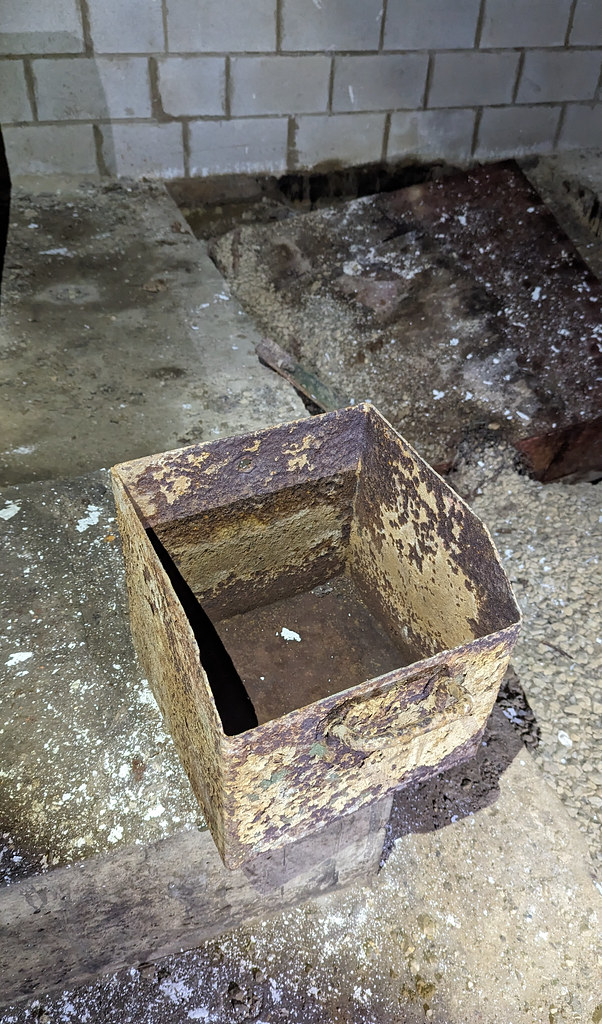
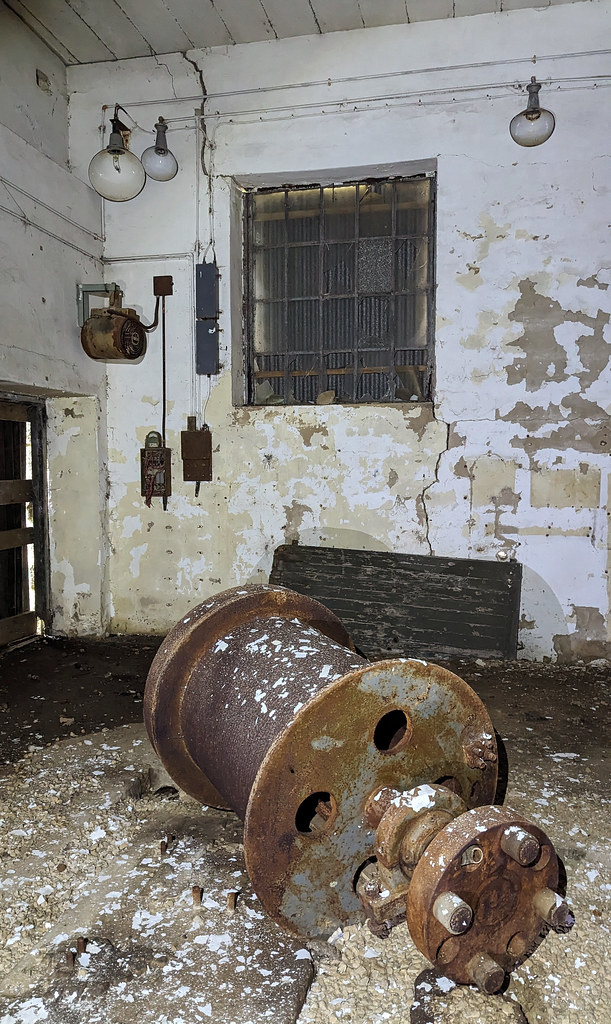
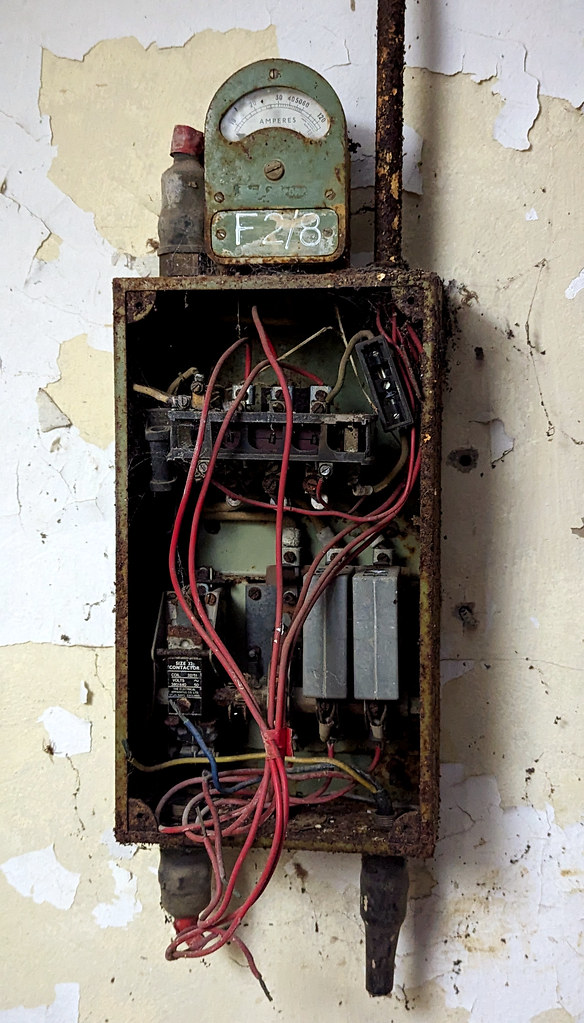
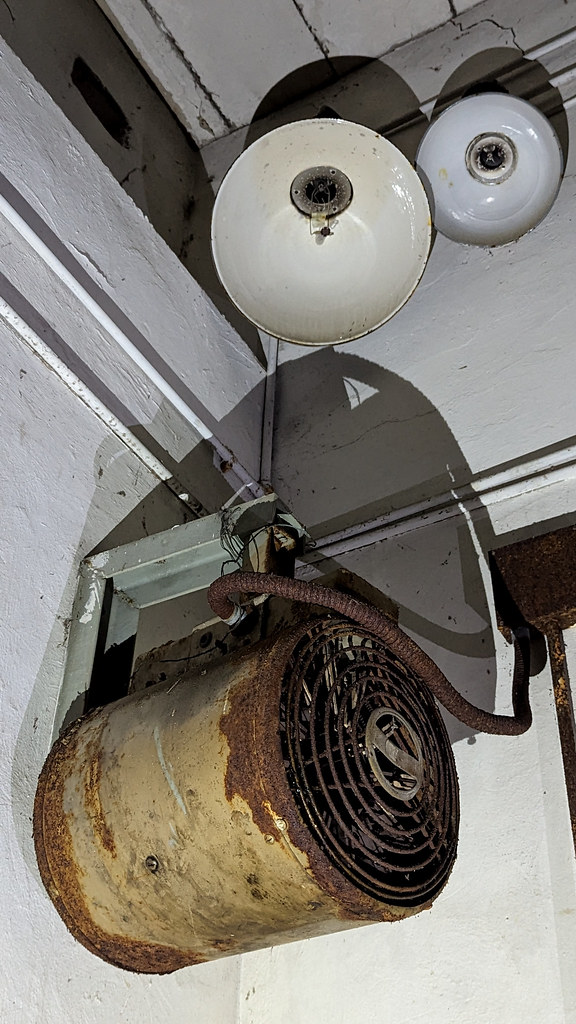
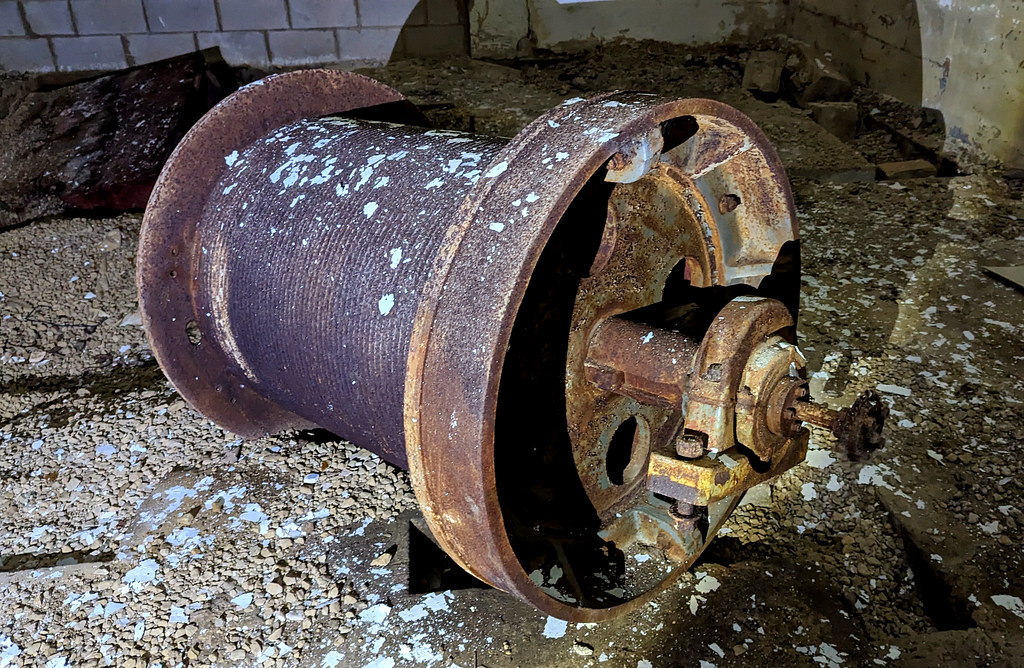
That's all folks!!!
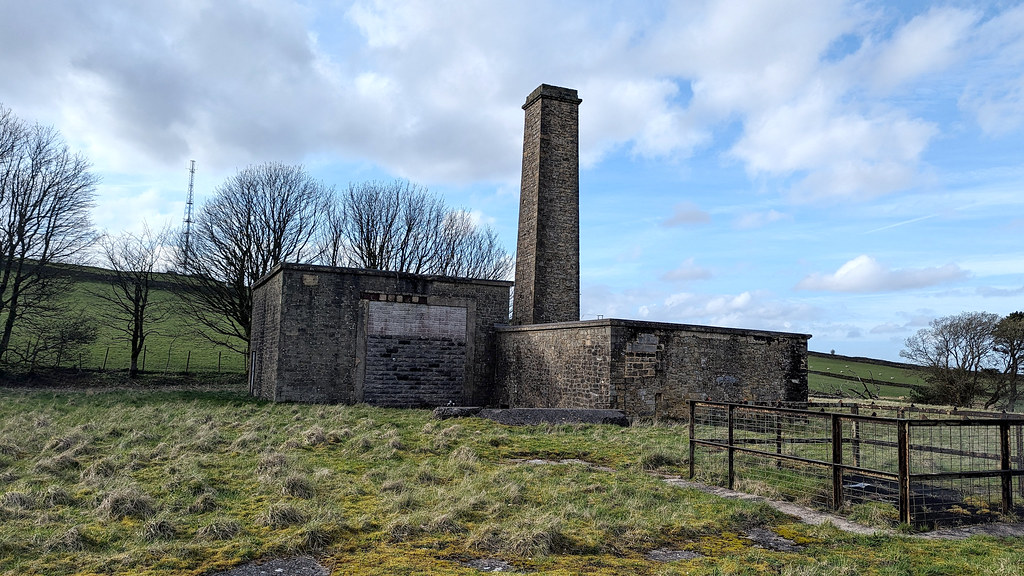
Ladywash mine is situated above the plague village of Eyam, where there has been extensive mining in the area for well over two centuries. Ladywash was a ‘mixed ore’ mine which tapped into the Hucklow Edge veins. In 1714 a drainage sough was started to Old Ladywash. The mine then started in 1740 as the vein was worked from the west. It was then subsequently drained via Stoke sough from 1770 onwards, after it reached the mine earlier in 1755. The well-preserved chimney dates back to a later period in the mine’s history - circa 1870 when it was being worked by Eyam Mining Co for lead.
Old mining map:

The mine was acquired Glebe Mines Ltd in 1936 to produce fluorspar for the steel industry, which was used as flux. In 1949, the mine reached 104 fathoms in depth, making it one of the the deepest in Britain at the time. It was then taken over by Laporte Industries Ltd in 1959. In February 1979, at a meeting at the company’s Cavendish Mill offices, management informed the workforce that Ladywash was to close. The reason was not down to lack of exploitable fluorspar, but due to economic factors; the fall in world prices had reduced revenue while costs had risen in light of recent fatalities which led to the need for increased investment in health and safety. Forty-one miners from Ladywash took voluntary redundancy, while the remaining 24 miners were redeployed to the company’s sister mine at Sallet Hole. Placed on care and maintenance in March 1979, the headgear was removed and the shaft capped and fenced off latterly in March 1986.
Today the main buildings are still intact and the shaft, although sealed with a metal grid and fenced off, is still in-situ.
2. The Explore
Sometimes the smaller spontaneous explores just as much fun as the bigger explores. Been here a couple of times previously and it was all sealed up, so good to eventually see inside. It’s an easy walk up to the mine buildings from the road. Outside of the main engine house there’s a plie of boulders, the sealed shaft and the explosives store. Inside there are three small rooms and one big main room. It’s pretty stripped but enough bits and bobs to make it interesting. Of course, the real goodies lie below, but that’s a completely different level of exploring!
3. The Pictures
The road to Ladywash:

The main building and 19th century chimney:

Explosives store:

Door to the explosives store:

Pile of waste rock from the mine:

This is the stuff they were after:

And in we go:

Some of the former electrics:

Not too sure what this is:

It’s a crawl through to the next small room:


Some sort of switching gear?

The third small room is where the wagons came into the building:



Love this original signage:


And then the final and biggest room:





That's all folks!!!




